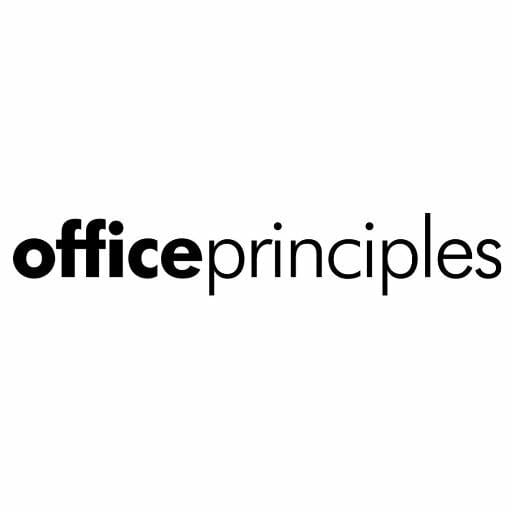
Joint managing director and co-founder of award-winning design and workplace consultancy, Office Principles, Cyril Parsons notes that if high growth small businesses (HGSBs) want to continue to flourish, and drive increased productivity, they need to address recruitment and retention issues, starting by considering the office as a valuable point of engagement…
There are many reports and stats to support the fact that HGSBs create a significant percentage of jobs, year-on-year, and drive a wealth of new employment opportunities. These businesses are known to deliver an additional two months of economic output every year, compared to the average UK business, with SMEs registering a combined annual turnover of £1.9 trillion last year.
There is, however, no escaping one key issue…
Many of the specialist posts, created by these HGSBs, didn’t necessarily exist ten, or even five, years ago. There’s a real scramble to recruit the right talent for such posts, with competition hotter than it’s been for a long time. As the millennials move along to make space for the next generation influx that’s infiltrating the workplace, companies have to consider not only how to fill these posts but what will appeal to the younger generations, without alienating the rest of the workforce.
Our offices are multi-generational, with individuals of varying experience and skill-sets as well as ages and backgrounds. In order to harness and maximize talent, and best impact on productivity, we need to provide spaces that cater for them all.
Recruitment and retention
Great working environments, with office spaces that reflect a company’s culture and core values, are rising to the fore as employers start to recognize that the office itself is a valuable recruitment tool which can be used to help to pull in high caliber candidates.
Providing the right environment can be key to pulling the best team together – and keeping them. As the physical embodiment of the brand and the hub that the workers will be drawn to, to come together, the office has to work for everyone.
To get that right environment, an inclusive space that works for all, there has to be a degree of flexibility. Besides allowing workers to pick their hours and work from home when it suits, the forward thinking business is also providing activity-based spaces that are specific to the task in-hand.
An agile environment
These agile spaces provide a social and collaborative environment that can accommodate varying numbers, allowing for future growth.
Incorporating booths and kiosks, alongside smaller meeting rooms, with breakout areas and a mix of spaces to include work benches and touchdown points, so that staff can work in a group or on their own, these modern offices have something for everyone. They better suit the cross-generational mix and they encourage collaborative working, while allowing individuals the freedom of choice.
Such offices are designed to retain the workforce by providing it with a space that supports its wellbeing and encourages better engagement. If workers feel more invested in, and are happy in their environment, the company is more likely to feel right for them and they’ll want to stay.
Setting out your store
With most potential new recruits being interviewed on the premises, what better sales pitch for a company than a well-designed office with top-notch facilities and a good mix of spaces?
Your website may be the shop front but your office is the physical presence which allows future employees to get an immediate feel for the company; what it stands for, what it can offer and the type of people it’s likely to attract. With applicants aware that they could be spending a lot of time in this space, it makes sense to present them with somewhere where they will want to belong.
